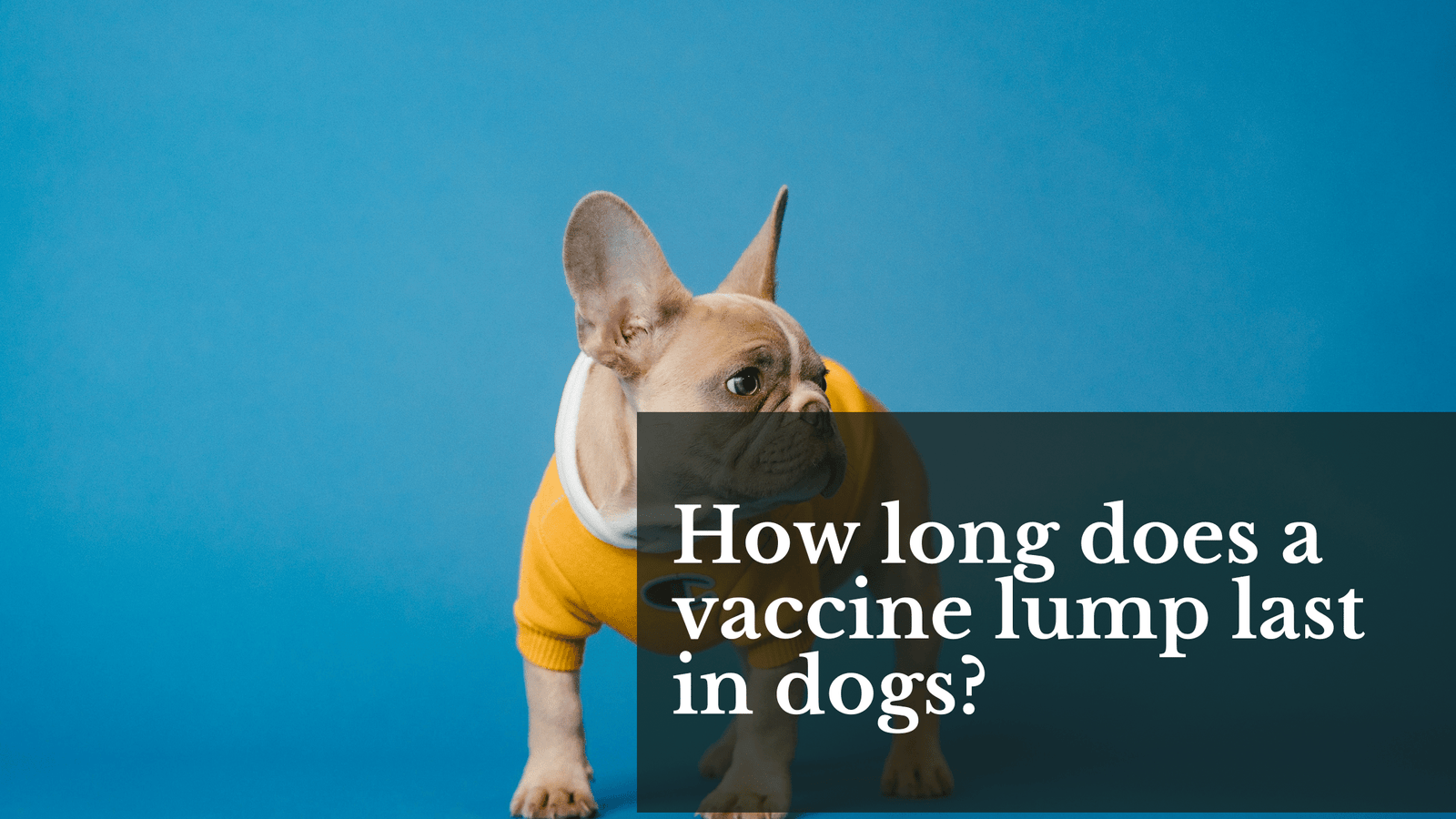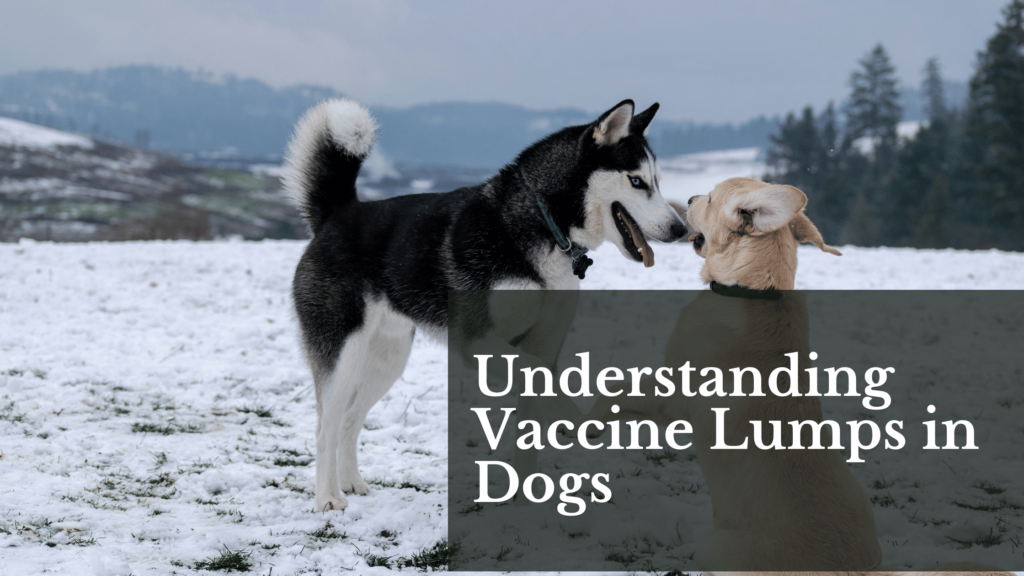Managing Vaccine Lumps in Dogs
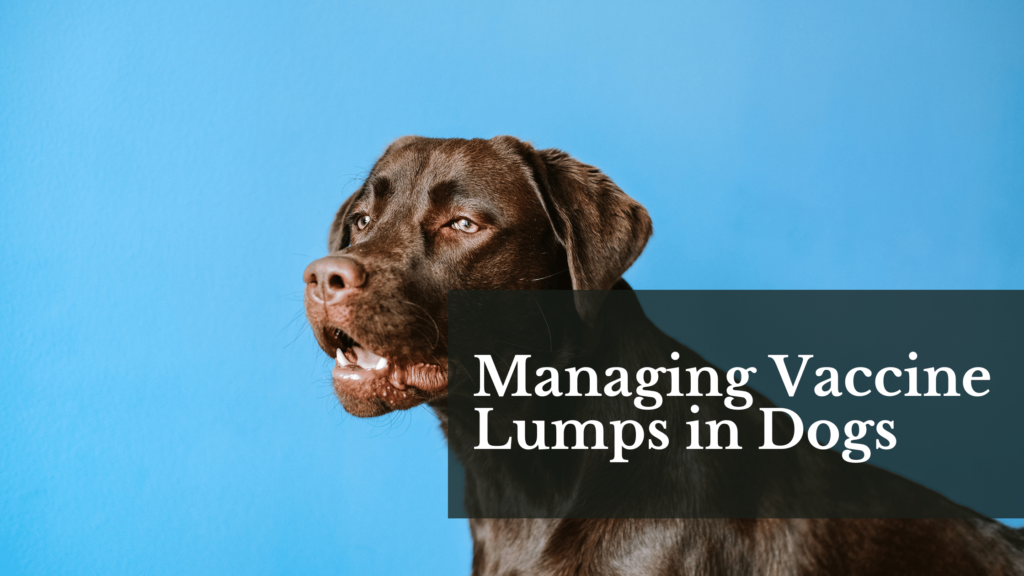
Introduction to Managing Vaccine Lumps
So, we children pet owners, now, and the length of time vaccine pimples stay in dogs. Then, we will look at how to help with post-immunization reactions. Vaccine lumps, though usually not a problem by themselves, may bother your pet by pain. Still, if you take special care, these lumps will probably be able to disappear as soon as possible without any medical treatment.
Tip 1: Apply Cold Compresses
A simple but one of the most efficient methods to reduce swelling and feeling pain associated with lumps as a result of vaccines is the application of cold compresses to the affected area. Use sponges or cold cloth soaked in water to clean the cut or a cold pack wrapped in a towel or an ice bag nearby. Breathable, gently apply the bandage onto the lump for 10 to 15 minutes a few times daily to ease the inflammation and soothe it.
Tip 2: Provide Pain Relief
In this case, if your dog seems uncomfortable, the only action to take is to seek your doctor’s advice for the pain relief ointment and adhere to the instructions. It has become my daily routine to use hydro-cortex NSAIDs to relieve the pain and soreness.
Tip 3: Monitor for Signs of Infection
Vaccine lumps are typically non-pathogenic; prevention of those sites becoming infected is, however, a reality due to contamination with dirt. You must watch that lump for any signs suggesting that it might be infected, like, for example, increased redness, heat, or discharge. Call the veterinarian immediately to ensure the best treatment if you detect any remarkable abnormality or the dog has a temperature.
Tip 4: Avoid Aggravating Activities
Besides doing activities that may enlarge the swelling and trigger the pain when your dog’s vaccine lump is present, limiting the activity is better. This also involves heavy training like exercise, rough playing, and wearing tight collars or harnesses that could irritate the injection site. Do light walks and calm playing time at home to assist in getting out of your pet’s irritation and inhibiting further impact on your pet’s lump during this time.
Tip 5: Follow Up with Your Veterinarian
Also essential is to keep in touch with your veterinarian in case you have any worries about the vaccine nodule or when it doesn’t resolve regularly. Like humans, your vet may provide you tailored counsel with some treatments or interventions they could recommend for your dog based on its own needs.
Preventive Measures and Common Concerns
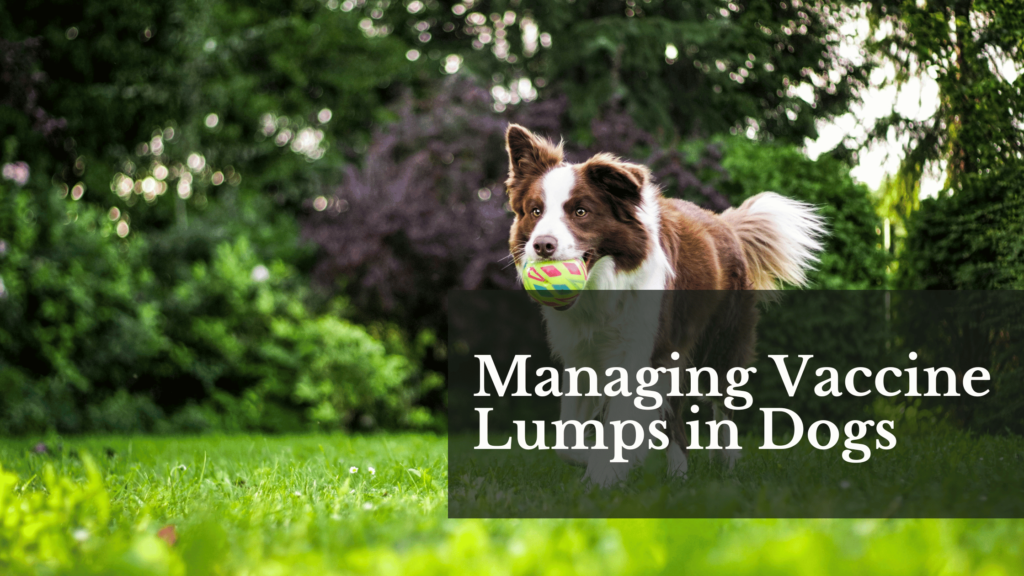
Introduction to Preventive Measures
Though vaccine swellings are relatively bland and non-alarming conditions commonly experienced by dogs, there are still specific steps pet owners can take to decrease the chances of them occurring in the first place and also know how to deal with possible problems.
Preventive Measure 1: Proper Vaccine Administration
Vaccinating the animals appropriately should be one of the top preventive measures. Therefore, the vaccines should be given by a certified veterinarian or technician trained adequately. Selecting the correct technique of injections, such as injecting into the right site and administering the vaccine in the right amount, helps decrease the possibility of vaccine lumps emerging at injection sites.
Preventive Measure 2: Vaccine Selection and Schedule
Another aspect is that multiple vaccine shots are safe for your dog. The best way to find out is to work with your veterinarian and agree on vaccinations that will protect your dog best according to his lifestyle, local disease presence, and vulnerability.
Preventive Measure 3: Pre-Vaccination Health Assessment
Before administering vaccines to your dogs, our team will run a particular health test, including overall health statuses. For example, it includes factoring in questions like age, accompanying diseases before, or any side effects experienced during previous vaccine intake.
Addressing Common Concerns
Some people still question the safety of vaccination even though it has medical benefits that can prevent common diseases that pets can get. The critical point is to air out what is bothering you regarding the vaccines before your vet, and any doubts should be explained. Injections are performed at your vet’s discretion, considering risks and benefits.
Understanding Vaccine Reactions
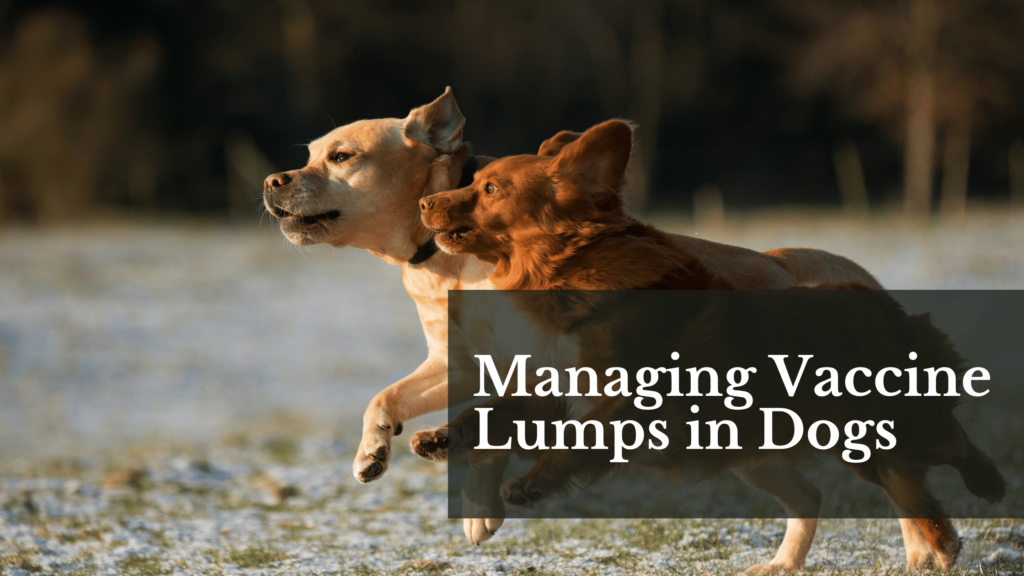
Introduction to Vaccine Reactions
Vaccines are highly significant in combating infectious diseases in dogs, but there are some cons in this context. Sometimes, an unfavorable reaction can occur negatively. The reactions due to the vaccine are unwanted health consequences emerging as a result of taking the vaccination.
Types of Vaccine Reactions
The outcome of a dog’s vaccination can come in the form of mild to severe and may manifest into several characteristics. Common types of vaccine reactions include: Common types of vaccine reactions include:
1. Injection-Site Reactions:
These reactions are evoked at the injection site and may present with swelling, redness, and pain. Krugs, as explained previously, are skin reactions to vaccinations and injection sites.
2. Systemic Reactions:
Systemic reactions occur due to the response, covering various parts of the body; symptoms may include fever, fatigue, vomiting, diarrhea, or even allergic reactions such as edematous face and difficulty breathing.
3. Allergic Reactions:
Some dogs may develop allergic sensitivity to vaccination ingredients, including the protein or adjuvant. From mild localized itching or hives to severe airway swelling and shock(anaphylaxis), a medical crisis signified by rapid breathing and low blood pressure is a brutal adverse reaction.
Recognizing Vaccine Reactions
Veterinarians must learn to acknowledge common adverse reactions to dog immunisation by observing and being aware of signs of side effects. Once in a while, leftover effects like injection-site bumps will decrease with time, but a veterinarian must rapidly investigate systemic or allergic reactions. Signs of a possible vaccine reaction include: Signs of a possible vaccine reaction include:
- Excessive swelling, redness, or warmth at the injection site
- Lethargy or weakness
- Vomiting or diarrhea
- Difficulty breathing or facial swelling
- Hives or itching
- Collapse or loss of consciousness
Responding to Vaccine Reactions
While some grade of reaction of the dog to the vaccine may be standard, the best option will be to seek veterinary care immediately if you suspect a reaction. The vet would be the best person to treat your dog appropriately by evaluating their symptoms.
Conclusion
In summation, a dog vaccine lump is an ordinary reaction resulting from vaccine shots in about one-third of dogs; most bumps disappear within a few days to weeks. In most cases, it is harmless; however, mindful tracking and weighing the different reactions should be done.
Through response measures such as anticipating reactions and vaccines’ advantages and acting promptly when required, pet owners can provide health benefits vaccinations to their pets while minimizing possible risks. Dogs can have, however, a healthy life and good protection when proper administration and good decisions are being taken to prevent the pet from avoidable preventable diseases.
FAQs – How Long Does a Vaccine Lump Last in Dogs
How long does a lump last after the vaccine in dogs?
Usually, dogs carry vaccinal swellings for several days to a couple of weeks that then naturally go away on their own.
Is it normal for a dog to get a lump injection?
Of course, injection site lump development is a normal way of reacting to a vaccine being given to a dog. The lumps, which are basically a prevalent response to vaccination and usually go away without any intervention, are also known as injection-site reactions.
How long can a lump last after an injection?
The time of the lump last after the injection depends on the application. Typically, it persists for a few days but can also last for a couple of weeks or more.
Why is my dog’s injection site swollen?
Inflammation is considered to be a basically immune answer of your dog to the vaccine used. The reason behind this condition is the inflammation provoked by the antigens introduced during the vaccine.
How do you treat a vaccine lump on a dog?
Treatment of an adverse reaction to a vaccine in an animal usually depends on applying cold pads to reduce inflammation, and it involves administering pain relief, also under the guidance of a veterinary doctor, if needed.
How do you dissolve injection lumps?
If the lumps stayed at the same size or swelled more with time, it is better to have the doctor check and rule out any underlying infections.
When should I worry about the injection site?
Pet owners will have to be careful, especially when they are concerned that the injection site shows any sign of infection, such as increasing redness, heat, or discharge.
How do you reduce swelling on an injection site?
To base pulse on the injection spot, pet owners may use a cold compress and give painkiller drugs under the guard of the vet just in case. You should also try to avoid activities that could worsen the situation so that swelling is minimized.
